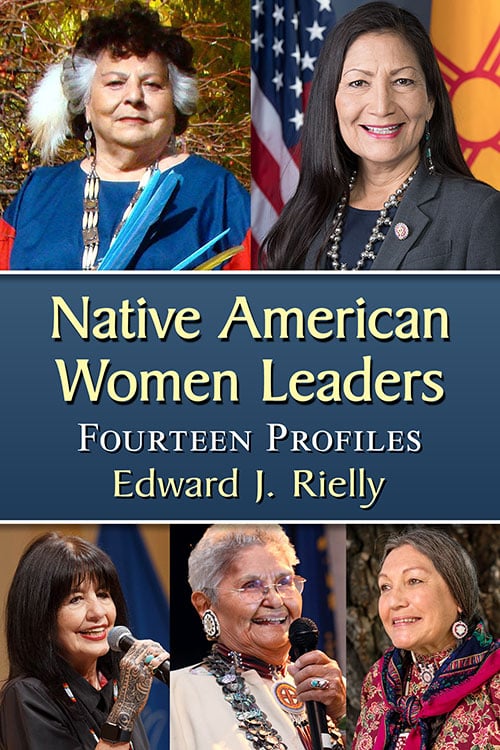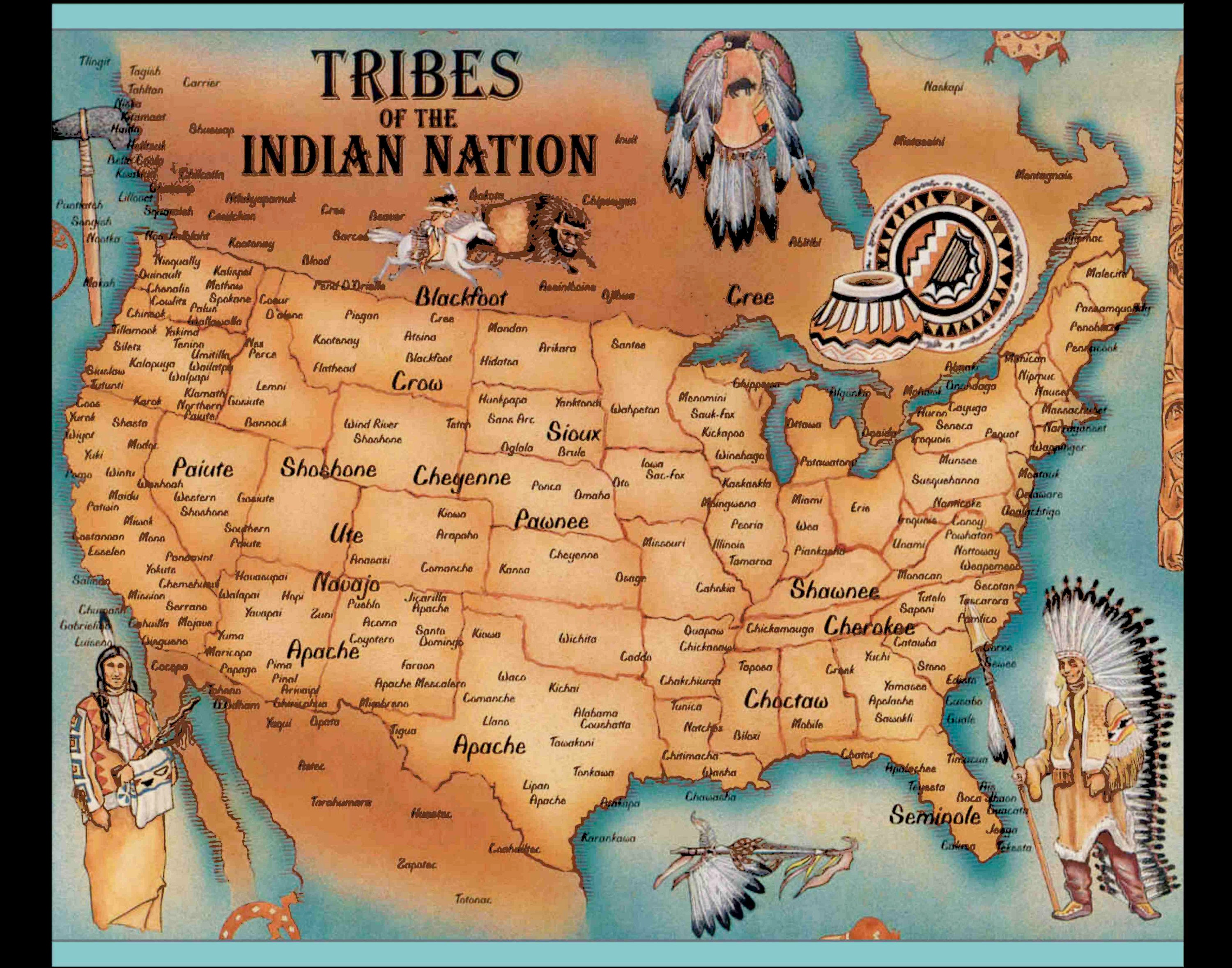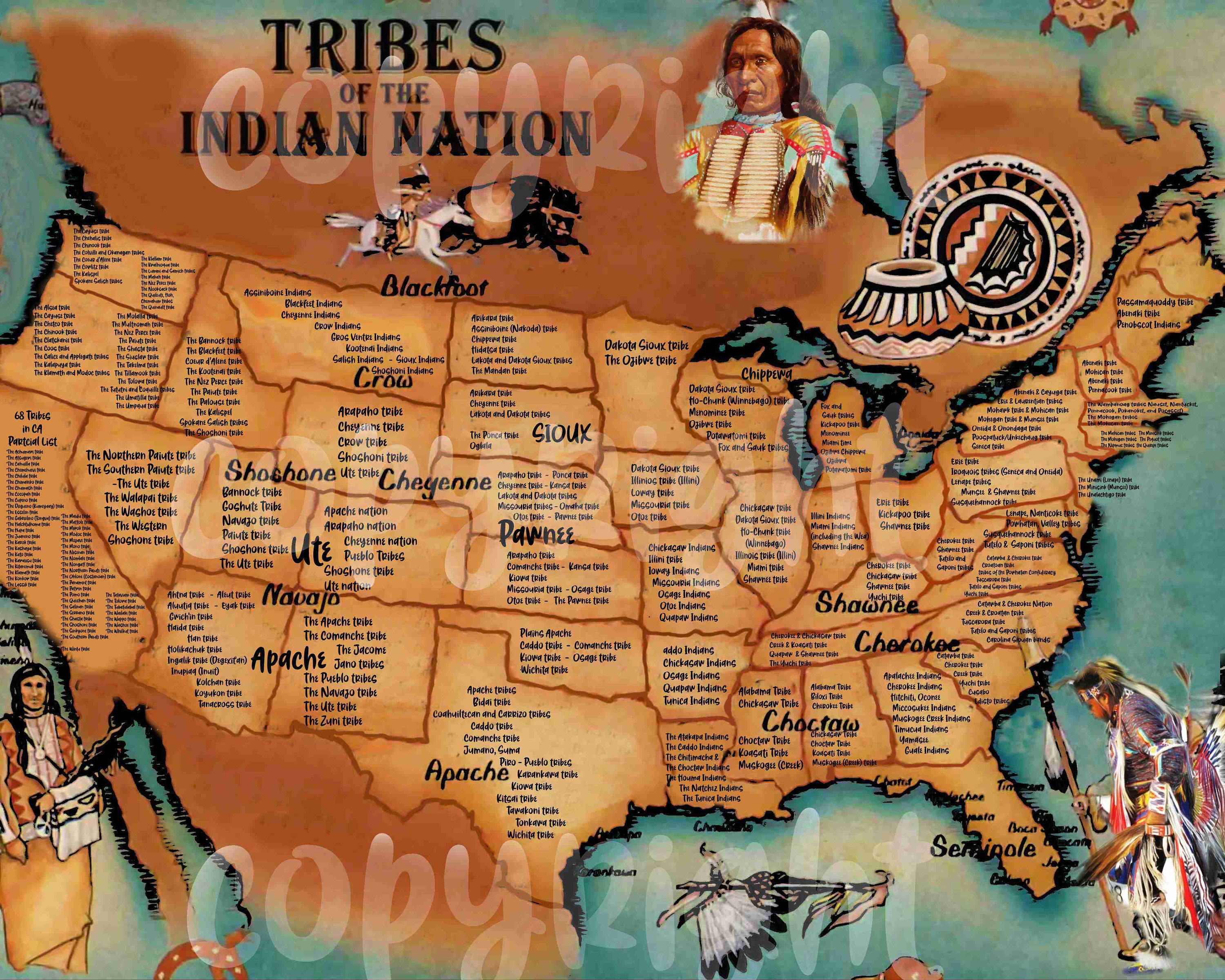
The Unseen Tapestry: Navigating the Map of Native American Women Leaders
The concept of a "Map of Native American Women Leaders" transcends a mere cartographic representation. It is a profound educational tool, a vibrant historical reclamation, and an urgent call to re-evaluate the narratives of power, resilience, and identity that have shaped North America. This map, far from being a static collection of geographical points, charts the dynamic, often unsung, influence of Indigenous women across millennia, revealing a bedrock of leadership that predates, survived, and continues to thrive beyond colonial impositions. For the discerning traveler and history enthusiast, understanding this map is to unlock a richer, more nuanced understanding of Indigenous sovereignty, cultural continuity, and the enduring strength of Native peoples.
I. Beyond the Stereotype: Reclaiming Diverse Forms of Leadership
Traditional historical narratives frequently sideline Indigenous women, portraying Native societies through a lens that emphasizes male warriors or stoic chiefs. The "Map of Native American Women Leaders" shatters this simplistic view, illustrating that leadership among Native nations has always been multifaceted, deeply embedded in community structures, and often profoundly shaped by women. These leaders were not just figureheads; they were integral to the social, political, economic, and spiritual fabric of their nations.

The map would highlight the incredible diversity of leadership roles:
- Clan Mothers: In many matrilineal societies, such as the Haudenosaunee (Iroquois Confederacy), Clan Mothers held immense power. They nominated chiefs, could depose them, controlled land and resources, and were central to ceremonial life and decision-making. Their wisdom and authority were paramount.
- Healers and Spiritual Guides: Women often served as powerful medicine women, shamans, and ceremonial leaders, holding critical knowledge of medicinal plants, spiritual practices, and oral traditions. Their guidance was essential for community well-being and cultural survival.
- Diplomats and Negotiators: Figures like Sacajawea (Shoshone) are often simplified to "guides," yet her role in the Lewis and Clark expedition involved complex linguistic and diplomatic negotiations. Many other Indigenous women navigated intricate political landscapes, acting as interpreters, peace brokers, and strategists.
- Warriors and Defenders: While less commonly acknowledged in mainstream history, women warriors existed across various tribes, fighting to protect their lands and people. Their inclusion on the map would challenge gendered assumptions about warfare and defense.
- Economic Managers: In societies where women controlled agriculture, trade networks, and resource allocation, their economic power translated directly into political influence and community stability.
- Educators and Cultural Bearers: Women have always been the primary transmitters of language, stories, songs, ceremonies, and traditional knowledge to younger generations, ensuring cultural continuity in the face of immense pressure.


Each point on this map represents not just a location, but a legacy – a story of agency, resistance, adaptation, and profound impact, demanding a re-evaluation of what constitutes "leadership."
II. A Journey Through Time: Historical Context of Women’s Influence
The map would be an invaluable historical resource, charting women’s leadership through distinct eras:
- Pre-Contact Eras (Before 1492): This period showcases the inherent strength and established authority of Indigenous women in sovereign nations. The map would pinpoint areas where matrilineal systems flourished, where women held significant political and economic power, and where their spiritual roles were foundational. It would emphasize societies where women’s voices were not just heard, but were central to governance and daily life.
- Contact and Colonial Eras (15th-19th Centuries): As European powers encroached, Indigenous women often found themselves on the front lines of cultural clashes. The map would mark locations where women led resistance efforts, negotiated treaties, preserved languages and customs under duress, and fought for their communities’ survival. Their leadership during this crucible of change was often about adaptation and safeguarding identity. Figures like Lozen (Apache warrior and prophet) or Woman Chief (Crow warrior and chief) would represent different facets of this era’s resistance and adaptation.
- Reservation and Assimilation Eras (Late 19th-Mid 20th Centuries): This was a period of intense trauma and forced assimilation. Yet, even in the face of attempts to dismantle Native cultures and family structures, Indigenous women often became the quiet, steadfast leaders within their communities. The map would highlight their roles in maintaining traditional practices, healing families, and secretly passing on cultural knowledge, language, and spiritual beliefs, often at great personal risk. Their leadership was an act of profound cultural resilience.
- 20th Century Activism and Self-Determination (Mid 20th Century-Present): The rise of the American Indian Movement (AIM), the Red Power movement, and broader civil rights movements saw Indigenous women stepping into highly visible roles as organizers, legal strategists, writers, and political figures. The map would trace their contributions to advocating for treaty rights, land back movements, tribal sovereignty, and the revitalization of Native languages and cultures. Leaders like Wilma Mankiller (Principal Chief of the Cherokee Nation) or LaDonna Harris (Comanche activist and politician) would illuminate this era of assertive self-determination.
- Contemporary Era: Today, Indigenous women continue to lead across every sector: tribal governance, national politics, environmental justice, arts, sciences, and education. The map would extend to the present, showcasing elected officials, tribal council members, environmental defenders, groundbreaking artists, and community builders who are shaping the future of their nations and beyond. Their leadership today is a powerful testament to enduring sovereignty and progressive vision.

III. Identity and Cultural Resilience: The Heartbeat of the Map
The "Map of Native American Women Leaders" is fundamentally a map of identity and resilience. Indigenous identity is not static; it is a living, evolving tapestry woven from ancestral knowledge, land, language, and community. Women have historically been, and continue to be, central to this weaving.
- Keepers of Knowledge: In many Native societies, women are the primary custodians of oral histories, traditional ecological knowledge, medicinal practices, and ceremonial protocols. Their leadership ensures the intergenerational transmission of vital information that defines tribal identity. The map underscores how geographical locations are often tied to specific knowledge systems passed down through women – plant gathering sites, ceremonial grounds, places of ancestral stories.
- Language Revitalization: Indigenous languages are intrinsically linked to identity and worldview. Women are often at the forefront of language immersion programs, teaching their children and grandchildren, ensuring these vital cultural anchors survive and flourish. The map would implicitly connect language revitalization efforts led by women to specific tribal territories.
- Cultural Arts and Crafts: From intricate basket weaving to beadwork, pottery, and textile arts, women have preserved and innovated cultural expressions that are synonymous with tribal identity. These art forms are not merely decorative; they are narratives, historical records, and spiritual practices. The map could even highlight regions known for specific women-led artistic traditions.
- Community Weavers: Beyond formal political roles, Indigenous women often serve as the social glue that holds communities together. They organize events, provide support networks, mentor youth, and foster a sense of belonging. This informal, yet incredibly powerful, leadership is vital for cultural resilience.
- Defenders of the Land and Water: In many Indigenous cosmologies, women have a sacred connection to the Earth as life-givers. This spiritual connection translates into powerful leadership in environmental protection and advocacy. The map would pinpoint areas where Indigenous women are leading movements against resource extraction, pipeline projects, and environmental degradation, embodying the principle that "Water is Life." Their fight for the land is a fight for their identity and the future of their people.
IV. A Tool for Travel and Historical Education
For the traveler seeking a deeper understanding of Indigenous cultures and history, this map offers an unparalleled educational journey. It transforms abstract historical facts into tangible, human stories, encouraging responsible and respectful engagement.
- Challenging Tourist Narratives: Instead of passively consuming romanticized or stereotypical images of Native Americans, the map prompts travelers to critically engage with historical erasure and celebrate authentic Indigenous leadership. It encourages a shift from "visiting an attraction" to "learning from a sovereign nation."
- Inspiring Deeper Exploration: Each point on the map is an invitation to explore further – to seek out tribal museums, cultural centers, community events, and Indigenous-led tours that offer firsthand perspectives. It moves beyond static exhibits to living cultures.
- Understanding Sovereignty: By showcasing the long history of women’s leadership within distinct tribal nations, the map reinforces the concept of Indigenous sovereignty – the inherent right of Native peoples to govern themselves and maintain their cultures and lands. This is crucial for understanding contemporary Indigenous issues.
- Promoting Respectful Engagement: The map inherently teaches respect by highlighting the contributions of Indigenous women to global society. It encourages visitors to approach Native communities with humility, an open mind, and a willingness to listen and learn.
- A Call to Action: Beyond education, the map can inspire action. Understanding the struggles and triumphs of Native women leaders can motivate travelers to support Indigenous businesses, advocate for Native rights, and become allies in ongoing efforts for justice and equity. It underscores that history is not a closed book, but an ongoing process where the past informs the present and shapes the future.
V. Crafting the Map: A Methodological Perspective
To be truly impactful, the "Map of Native American Women Leaders" would be an interactive, multimedia experience. Each geographical marker would link to:
- Biographical Sketches: Detailing the woman’s life, tribal affiliation, and specific contributions.
- Historical Context: Providing background on her era and the challenges or opportunities she faced.
- Cultural Insights: Explaining the specific cultural practices, societal structures (e.g., matrilineal systems), or spiritual beliefs relevant to her leadership.
- Multimedia Resources: Links to oral histories, videos, photographs, relevant academic articles, and tribal resources.
- Contemporary Connections: Showing how her legacy continues to influence current leaders and movements.
The map would need to be meticulously researched, relying heavily on Indigenous scholarship, oral traditions, and community knowledge. It would acknowledge the fluidity of traditional territories versus modern reservation boundaries, illustrating the deep, ongoing connection between Indigenous peoples and their ancestral lands.
Conclusion: A Living Legacy
The "Map of Native American Women Leaders" is more than just a cartographic display; it is a powerful narrative of survival, strength, and self-determination. It is a vital corrective to mainstream historical omissions, unveiling the depth and breadth of Indigenous women’s contributions as political strategists, spiritual guides, cultural guardians, and community pillars. For those seeking to genuinely understand American history and the vibrant tapestry of Indigenous identities, this map serves as an indispensable guide. It invites travelers and learners to embark on a journey not just across physical landscapes, but through the profound, enduring legacies of women whose leadership has shaped nations and continues to inspire generations, proving that the strength of Native America has always, in significant part, been the strength of its women.


